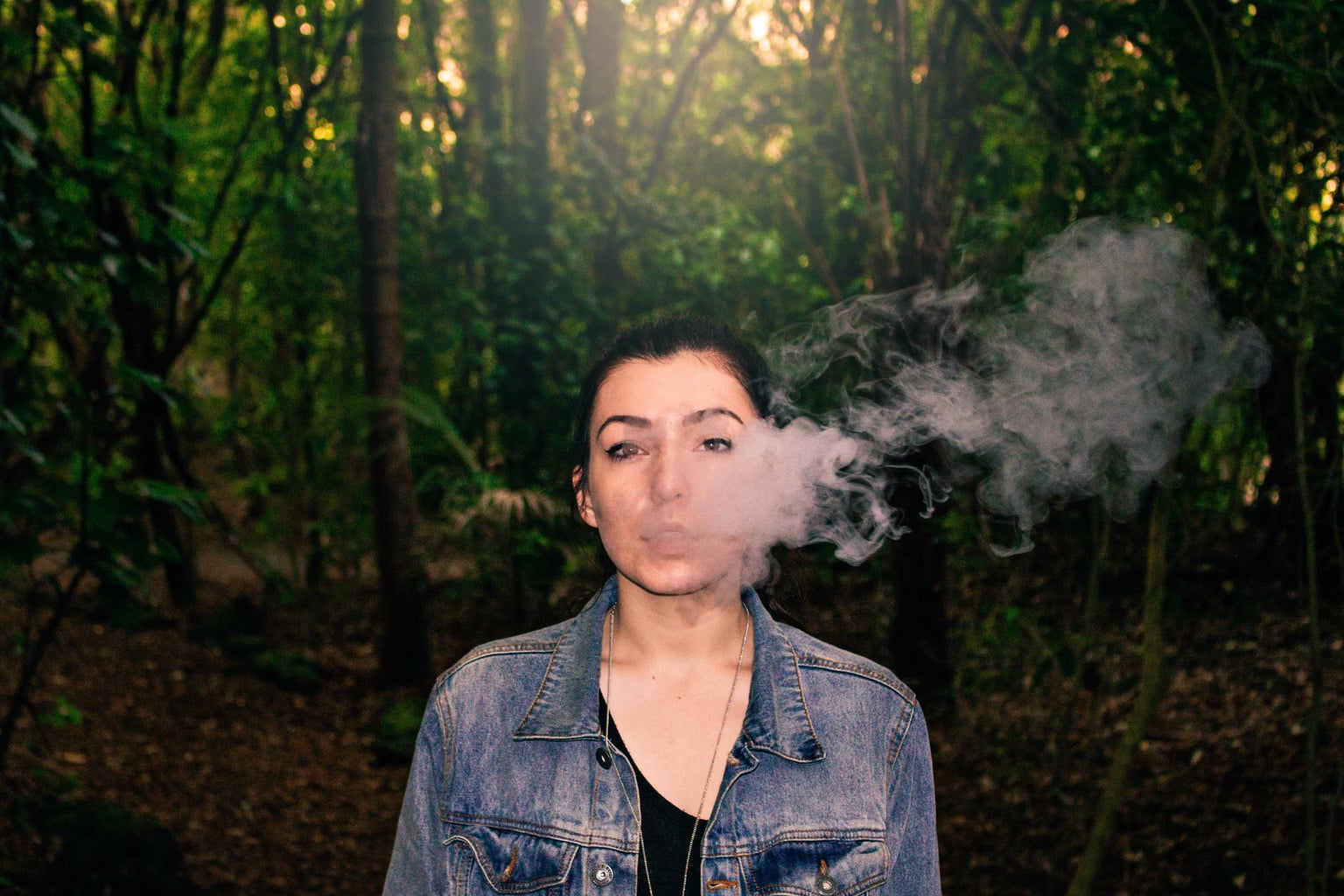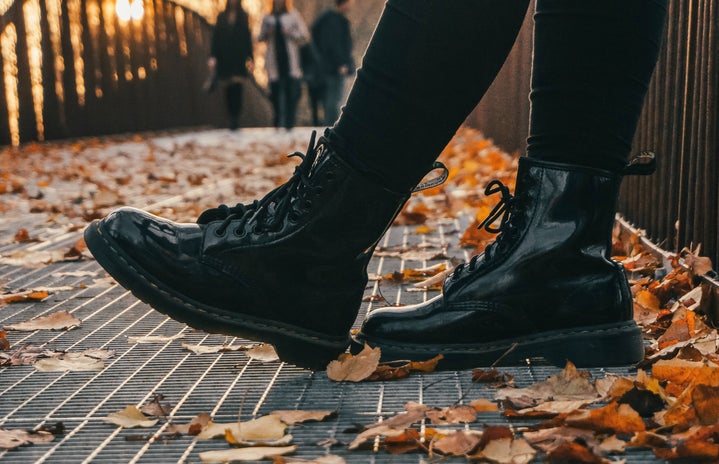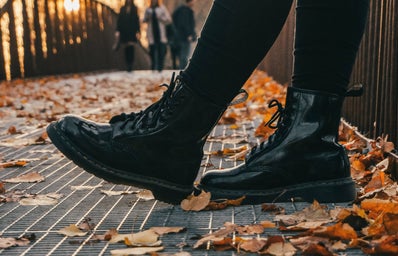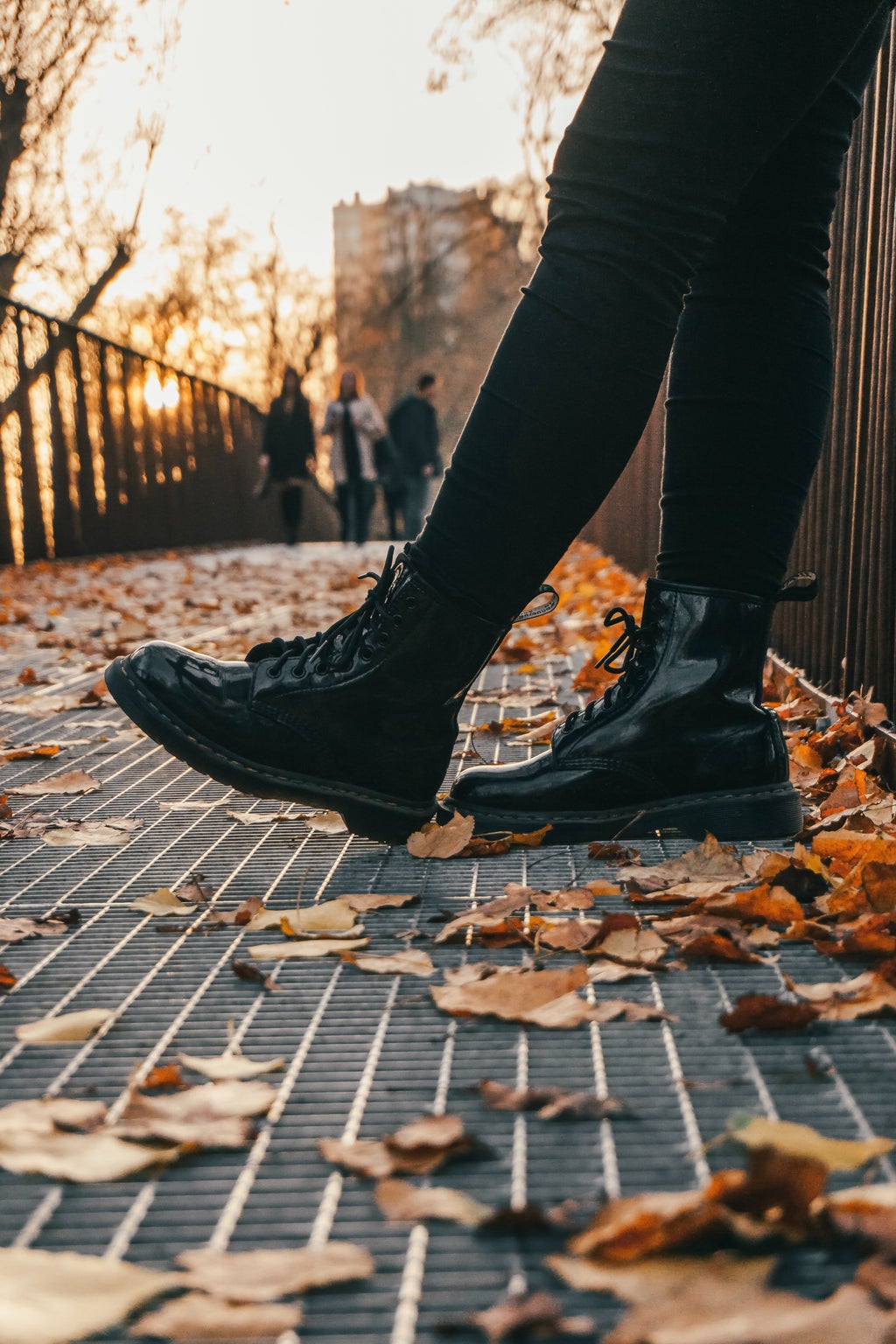If you’ve scrolled on TikTok or Instagram at some point over these last few months, you’ve probably seen posts that have speculated the return of the ‘2014 Tumblr’ era. Predictions of this resurgence have been discussed in articles such as Maria Santi Poggi’s piece in Vogue from January. Tumblr is a website that was tremendously popular in the early 2010s where users could curate their own personal blog, complete with their own photos and posts, as well as posts ‘reblogged’ from other accounts. Its peak popularity was in the mid-2010s, from around 2012-2015. The platform has never been able to recreate the popularity it had at that time, in part due to the rise of other social media platforms that seem to be taking its place, including TikTok.
For those who may not be familiar with the term, ‘2014 Tumblr’ primarily refers to the indie/grunge aesthetic that was popular on the platform at the time, which consisted of idolizing artists like the Arctic Monkeys, Lorde, Lana Del Ray, The 1975, and many others. It also heavily featured dark, grunge imagery and quotes that served to inspire many outfits composed of fishnet tights, Dr. Martens and leather jackets. The 2014 Tumblr era was more than just an aesthetic or a music taste, it was a mindset. A mindset that, for those of us who experienced it the first time around, is maybe better left in 2014.
I was 13 and in the eighth grade when 2014 Tumblr was at its peak. I had a Tumblr account from around 2013 to late 2017. I have to admit, I wasn’t a hardcore ‘2014 Tumblr’ girl in the way we conceptualize one now. While I had an account on Tumblr and was definitely influenced by the mainstream grunge aesthetic on the site in 2014, I was not old enough to really integrate the aesthetic into my life outside the internet due to financial constraints and, well, being 13. I was also (and still am) a bit of a geek, so I was also on the ‘fandom side’ of Tumblr (a phenomenon that deserves its own article—or perhaps even a novel). At the time, I would have died to be a ‘real’ 2014 Tumblr girl, wearing ripped fishnets and smoking cigarettes (just for the aesthetic of a grainy digital photo), and listening to Lorde in a random field at night. In retrospect, however, I am grateful that the extent to which I could recreate the trends in my real life was limited pictures of Frappuccinos on my iPod Touch, polaroid photos of my dog, wearing combat boots and flannels, and the digital camera photoshoots that took place in my friend’s backyard at a sleepover.
I think it’s great that teenagers now are feeling nostalgic for the music, fashion and aesthetic of Tumblr in 2014. While it does make me feel a bit old, it mostly brings me joy to see people today making fishnets and Dr. Martens popular again (even though I never stopped liking them…) and listening to some of the best indie albums released in the past few decades.
My gratitude for never being fully swept away by 2014 Tumblr ties back to the mindset that seemed inseparable from the aesthetic. My reservations towards the resurrection of 2014 Tumblr is how the grunge/indie/indie-sleaze aesthetic seems to be inevitably accompanied by the romanticization of mental illness, the glamourization of unhealthy behaviour, and the glorification of being sad. While I was never the complete embodiment of a 2014 Tumblr girl, I can still say that the toxic messages that accompanied the aesthetic on the website at the time did leave a lasting impact on my young, impressionable self (as I’m sure it did to most others who were on the site at the time).
In all the articles I read about the resurgence of 2014 Tumblr, they primarily discussed the revival of the aesthetic, not of the dangerous mindsets and lifestyle choices that are implicitly communicated to young people through this aesthetic, as something desirable and trendy. The only article that was easily accessible (found with just a quick Google search about the return of the 2014 Tumblr era) was this Teen Vogue article by Alyssa Goldberg, titled “What the Return of 2014 Tumblr Means for Body Image.” The 2014 Tumblr fashion aesthetic was not only about the type of clothes you wore, but also the body that was wearing the clothes. I can vividly remember (and so can many others, like the author of the Teen Vogue article) the focus on the ‘thigh gap’ in the popular imagery that circulated the site at the time, and the shameful feelings that resulted when you didn’t have one. There were entire communities on Tumblr at the time centered around promoting eating disorders—content which is eerily similar to recent popular videos on TikTok, as explored by Alyssa in her Teen Vogue op-ed.
The photos and posts that became popular, even idolized, in the 2014 Tumblr era were mainly those that depicted very skinny white girls engaging in unhealthy behaviour, such as smoking cigarettes. Quotes from popular music at the time, especially Lana Del Ray lyrics, were laid on top of dark or holographic backgrounds. Reblogging one of Lana’s sad lyrics would signal to others how the 2014 Tumblr era was about more than just the way you looked or the music you listened to, but it was also about being sad. It seems like all the unhealthy behaviours that were glamourized on Tumblr at the time could be tied back to this romanticization of sadness. It was almost like a competition of who could be the saddest, who could post the most depressing lyrics, and who could wallow the best. This environment encouraged others on the site to wallow in their sadness, as it was seen as part of the aesthetic. To truly achieve the 2014 Tumblr aesthetic, you had to be sad, and not want to get better.

I want to counter this romanticization of sadness and mental illness that is making a comeback alongside the 2014 Tumblr aesthetic, and the harmful ideas around body image that seem to proliferate on TikTok as of late. As someone who has spent many years working toward mental wellness, I can wholeheartedly tell you that taking care of yourself and avoiding content that encourages you to engage in unhealthy behaviour to fit an aesthetic will make you infinitely happier. I promise that it’s worth it to do the work and to stay away from toxic messaging. I spent a long time being sad, and for many years it felt easier to stay sad rather than to put the work into being happy, because being sad was comfortable.
This romanticization of being sad has had many faces over the years, like ‘2014 Tumblr’ or trends on TikTok like being in your ‘Fleabag Era,’ or ‘Feral Girl Fall’—but they’re all the same thing. They’re a type of nihilism, accepting the state of the world which causes your sadness and letting go of the idea that you can escape these feelings and that you can feel differently. While some may argue that they are just trends and are a way of poking fun at the world or being sarcastic, they can only be these things when they are accompanied by you doing the work to feel happy. Wallowing in your sadness seems to be the primary way TikTok has been romanticizing mental illness in a 2014 Tumblr vein, but I’m here to tell you that it’s so much more rewarding to let go of this kind of content and to work towards your personal happiness every day.
2014 Tumblr was a period of iconic fashion and music. It saw many of today’s celebrities rise to fame. It also romanticized mental illness, promoted eating disorders, and generally glamourized sadness. As the 2014 Tumblr era re-emerges on social media, especially on TikTok, so do the harmful mindsets that plagued the original content. I think it’s great to find an aesthetic you like, discover new music, and connect with people over nostalgia. I just hope that as you engage with this content, you are mindful of how you can avoid falling into the trap of wallowing in your sadness that seems to be inherently tied to the aesthetic.




